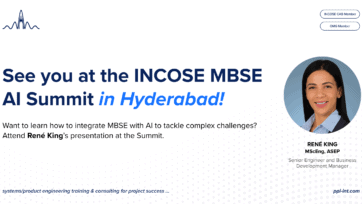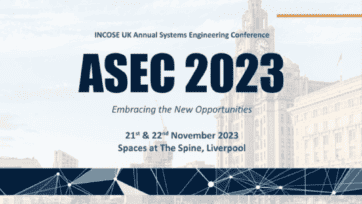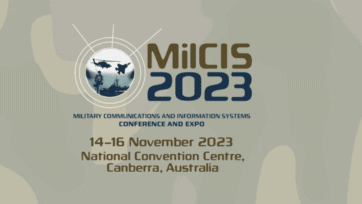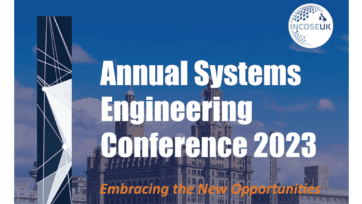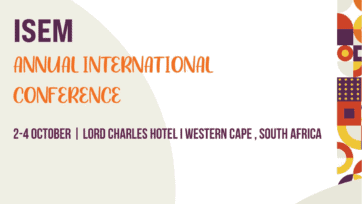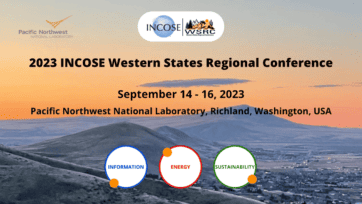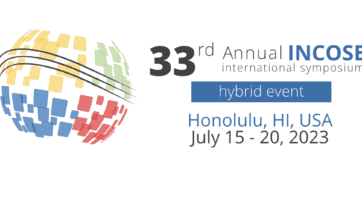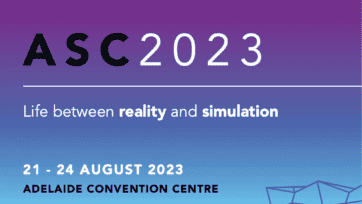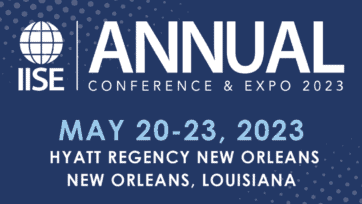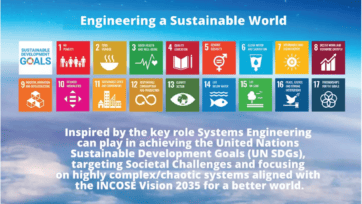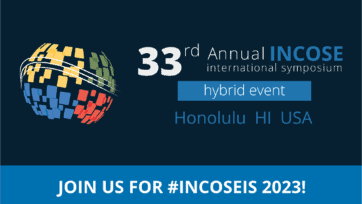By René King
The 29th INCOSE International Symposium was a remarkable checkpoint on my journey in systems engineering. The theme of the symposium was System Applications for Global Challenges which was reverberated through the various plenaries, presentations, workshops and meetings, each geared towards addressing the wide variety of engineering challenges in our modern world.
As with all INCOSE symposiums and workshops, there was a heavy emphasis on Model-Based Systems Engineering (MBSE), particularly MBSE as a steppingstone to achieving full digital engineering capability: that is the creation, capture and integration of data in a fully digital environment. This emphasis results from a growing need to streamline the product development process in our complex world. The call for applying a risk-reducing, objective-achieving methodology (i.e. systems engineering) to the fields of transportation, artificial intelligence, healthcare, communications, environmental challenges and leadership was echoed throughout the conference. The brilliance of the conference was bolstered by the fact that its timing was concurrent with the 50th anniversary of the landing on the moon. The coincidence of the two events provided much fodder for discussion, particularly around whether the sophistication in engineering that was demonstrated in 1969 still holds true in 2019.
One response to this inquisition was that the zero-error mindset of the project members that enabled the ‘impossible’ to transpire in 1969 has been lost in this modern era of ‘trial of error’. Despite having advanced methods and technologies available at our fingertips to enable seamless project development; this age of instant gratification prevents the fruition of this reality since cheaper, more immediate results are sought over more reliable, effective, cost efficient solutions. In order to coordinate the moon landing in 1969 with the resources that were available at the time, engineers and project leaders had to adopt a culture of ‘perfect the first time’ (or as far as possible) as the modus operandi in order to achieve the unachievable. This 2019 INCOSE Symposium called into question our philosophy as engineers, imploring us to adopt the habit of applying a structured process (a systems engineering process) to reach an optimal creative solution: the ultimate merging of art and science.
A noticeable yet beautiful aspect of the conference was the emphasis on integration within the SE world on a global scale. The conference nurtured opportunities for synergies between nations, sectors and industries to fortify the discipline via a multitude of meetings and networking opportunities. In essence, the INCOSE IS 2019 did much to highlight challenges and opportunities associated with living in a world populated by dynamic, nondeterministic and highly interactive systems to bring comprehensive, interoperable and adaptable system solutions. The conference agenda aligned well with INCOSE’s Future of Systems Engineering (FuSE) roadmap: to evolve the practice, instruction and perception of systems engineering by creating a clear vision for the future and aligning efforts of the INCOSE SE community to fulfill this vision. Gauging from the response of the attendees, I know I speak for many when I say that the conference was one of the most prolific INCOSE events to date. One could not help but walk away with a feeling of joy and gratitude to be a part of such a forward-thinking, passionate and caring community. A huge thank you to each person who visited us at the PPI booth, stopped us in the hallways for a brief chat and impacted us through demonstrations of expansive thinking in a range of forms. This symposium will forever be in our memories and has inspired us to work harder than ever before to see the proliferation of SE, on a global scale. Systems engineering has the capacity to change lives. May you go on to fulfill this capacity through your day-to-day work.
Photo Highlights

Pictured: Robert Halligan, Rene Oosthuizen (pictured left) and with René King (pictured right)

Pictured: Robert Halligan, Ed Smith (pictured left) and René King with Jean Roussel and Ramakrishnan Raman (pictured right)

Pictured: Akira Ishizaka, René King and Bayartsengel Batsaikhan (pictured left) and Robert Halligan presenting ‘How Systems Engineering Could Have Prevented the Aral Sea Human Disaster’ (pictured right)













